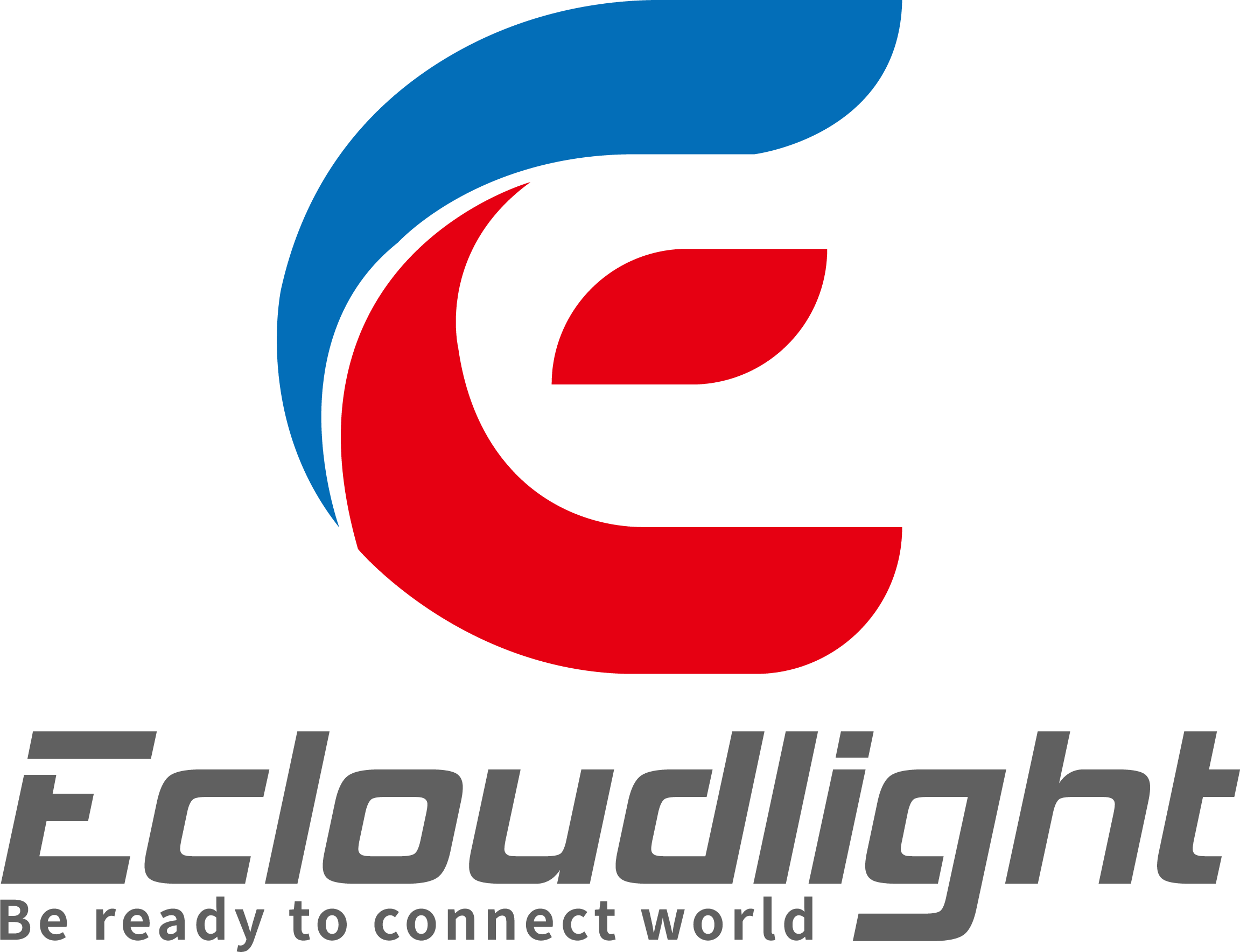QSFP28 vs QSFP56, tell you what are the differences
What is 100g QSFP28 ?
QSFP28, part of the QSFP form factor, employs 4 channels (25Gbps each) to achieve data transfer speeds up to 100Gbps. This compact, high-density form factor presents a low-power consumption 100 Gigabit Ethernet connectivity solution for data centers and high-speed applications. With the ongoing advancements in higher bandwidth and speed networks, the demand for QSFP28 optical transceivers has steadily increased in recent years.
| QSFP28 Type | Wavelength | Connector | Cable Type | Max Power Consumption | Distance |
|---|---|---|---|---|---|
| 100G QSFP28 100GBASE-SR4 | 850nm | MPO | OM4 MMF | <3.5W | 100m |
| 100G QSFP28 100GBASE-LR4 | 1310nm | LC | SMF | <4W | 10km |
| 100G QSFP28 100GBASE-CWDM4 | 1271~ 1331nm | LC | SMF | <3.5W | 2km |
| 100G QSFP28 100GBASE-PSM4 | 1310nm | MPO | SMF | <3.5W | 500m |
| 100G QSFP28 100GBASE-ER4 | 1295~1310nm | LC | SMF | <5W | 40km |
| 100G QSFP28 100GBASE-ZR4 | 1295~1310nm | LC | SMF | <6W | 80km |
Data from: https://en.wikipedia.org/wiki/Small_Form-factor_Pluggable
In addition to QSFP28 transceivers, the 100G QSFP28 DAC cable is widely applied for rack-in connection, such as QSFP28 to QSFP28 DAC cable and QSFP28 to 4x SFP28 DAC cable. Typically employed to link two QSFP28 ports within a rack or cabinet, these cables offer a maximum distance of 10 meters.
What is QSFP56?
QSFP56 represents a recent form factor in data communications, crafted to accommodate data rates of up to 200Gbps. Aligned with the QSFP56 Multi-Source Agreement (MSA), this transceiver serves as an enhanced iteration of the QSFP28. While retaining the same physical specifications as its predecessor, the major improvement lies in the modulation technology. QSFP56 adopts PAM-4, replacing the NRZ used in the 100G QSFP28. Unlike NRZ, which requires 8x25Gbps for 200Gbps, PAM4 only necessitates 4x50Gbps, reducing optical fiber costs and minimizing link loss.
| QSFP56 Type | Wavelength | Connector |
|---|---|---|
| 200G QSFP56 SR4 | 850nm | MPO |
| 200G QSFP56 FR4 | 1271, 1291, 1311, 1331nm | Duplex LC |
| 200G QSFP56 LR4 | 1295, 1300, 1304, 1309nm | Duplex LC |
Comparison of QSFP28 vs QSFP56
Differences Quick View
The following table concludes the main differences of QSFP28 and QSFP56.
| Form Factor | QSFP28 | QSFP56 |
|---|---|---|
| Data Rate | 100Gbps | 200Gbps |
| Channel Count | 4 Channels | 4 Channels |
| Per Channel Data Rate | 25Gbps | 50Gbps |
| Connector Types | MPO/LC | MPO/LC/CS |
| Modulation Types | NRZ | PAM4 |
| Max Power Consumption | 7.5W | 4W |
| Backward Compatibility | QSFP+ | QSFP+/QSFP28 |
Point 1: Data Rate and Channel Count
The primary distinction lies in the data rate. QSFP-DD, signifying double density, doubles its channel count from the 4-channel setup of QSFP28 and QSFP56 to 8 channels. Consequently, QSFP-DD achieves a maximum data rate of 400G (8x 50Gb/s) using PAM4 modulation, and it also supports 200G (8x 25Gb/s) with NRZ modulation. In contrast, with 4 channels modulated using NRZ at 50Gbps/25Gbps per channel, QSFP56 supports 200Gbps, while QSFP28 supports 100Gbps.
Point 2: NRZ vs PAM4 Modulation Types
As mentioned above, QSFP28 use NRZ modulation technology while QSFP56 use PAM4 technology. NRZ (Non-Return-to-Zero) serves as the primary modulation technology in non-coherent optical communications. However, as data rates, such as 200G or 400G, increase, NRZ encounters challenges related to dispersion, bandwidth, and costs. NRZ emerged within the context of single-channel rates, specifically at 1G/10G/25G. The 4-channel 25G transmission approach employed by QSFP28 represents the pinnacle achievement within the NRZ modulation method.
Beyond a baud rate of 25G, dispersion significantly impacts medium and long-distance transmission. Technical bottlenecks arise when the electrical-optical conversion bandwidth exceeds 50 Gbit/s. In terms of cost, PAM4's baud rate is only half that of NRZ under the same bit rate, substantially reducing optical device bandwidth requirements and overall costs. Consequently, PAM4 modulation technology has become an inevitable developmental direction.
Advantages of PAM4
Firstly, due to the PAM4 signal having two additional voltage levels for signal transmission compared to traditional NRZ signals, within the same symbol period, the bit rate of PAM4 signals is twice that of NRZ signals. Consequently, owing to PAM4's higher transmission efficiency, at the same code rate, the baud rate of PAM4 signals is only half that of NRZ signals, significantly reducing signal losses in the transmission channel. Therefore, in terms of improving signal transmission efficiency and reducing signal transmission losses, PAM4 possesses a stronger advantage in signal transmission.
PAM4 does not entirely surpass NRZ
Shorter transmission distances: Because PAM4 signals are more susceptible to external interference, longer transmission distances result in higher error rates. Therefore, for distances exceeding 5km, amplifiers and FEC (Forward Error Correction) are needed to ensure signal stability and correctness.
Greater heat: In comparison to traditional NRZ signals, PAM4 signals require more auxiliary equipment for stability and correctness in long-distance transmission. This results in additional power consumption, leading to increased heat generation at both ends of the link. If you are operating data centers, you have to understand higher heat imply the need for stronger cooling systems and increased power consumption, leading to additional costs. This is an issue that must be consider.
Conclusion
QSFP28, QSFP-DD, and QSFP56 are iterations of the QSFP form factor, sharing similarities but differing in various aspects, including data rates, channel counts, modulation types, etc. In the coming years, the prices of 200G optical modules and 400G optical modules are expected to further decline. Currently, the sales volume of 200G/400G switches is not high yet, but, just as the evolution from 40G to 100G, the era of 200G is also approaching rapidly.











